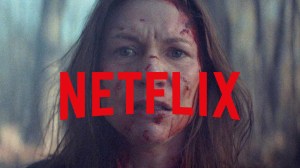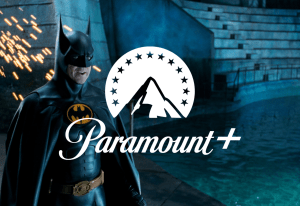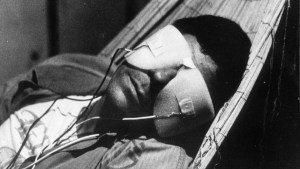Keeping you on the edge of your seat and making you sweat in nervousness are a few things all of the best atmospheric horror games have in common. However, it’s just as often that a horror game fails in its execution. Sometimes they end up being too action-focused. Other times, either the enemies aren’t scary or the resources are way too much.
Videos by ComicBook.com
It has happened quite a few times that a title promised immersive horror but was filled with cheap jump scares, bad writing, intense action, or generic enemy design. This list brings you games that fall into that category. Games that were great at what they did, but they just had one big problem: they forgot to be scary.
1. Alan Wake
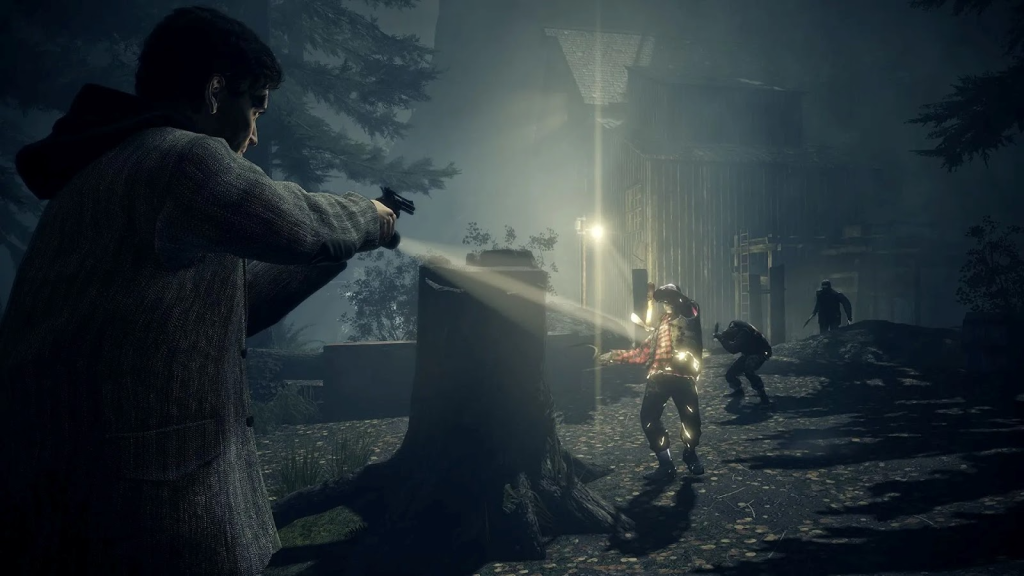
Remedy’s Alan Wake kicks off with the titular writer heading to the town of Bright Falls. There, things quickly go wrong when a mysterious entity grabs hold of his wife. The world around Alan is dark and terrifying, where undead creatures have overrun the town. Alan Wake has one of the best horror stories; however, it fails in execution. Alan Wake has a creepy aesthetic, a grim color palette, and a thrilling narrative, but its gameplay is the total opposite.
Given the nature of the game, Alan Wake should have been a game with scarce resources. A game where you’d always be in fear of having to fight. In reality, though, Alan Wake makes you feel like a demolition man. You always have tons of ammunition available. Even during some boss fights, there is a crate filled with unlimited ammo nearby. The game also throws hundreds of enemy encounters at you.
The creepy enemies quickly lose their charm. You get desensitized after seeing them for the one hundredth time, and beating them up feels like a chore. Enemy designs are also generic. After the first two hours, you’ve seen them all. Alan Wake’s narrative has all the makings of a good horror story, but the game’s action-packed nature blurs the vision, turning it into anything but. Thankfully, Remedy Entertainment realized this misstep and corrected it in Alan Wake 2.
2. Resident Evil 6
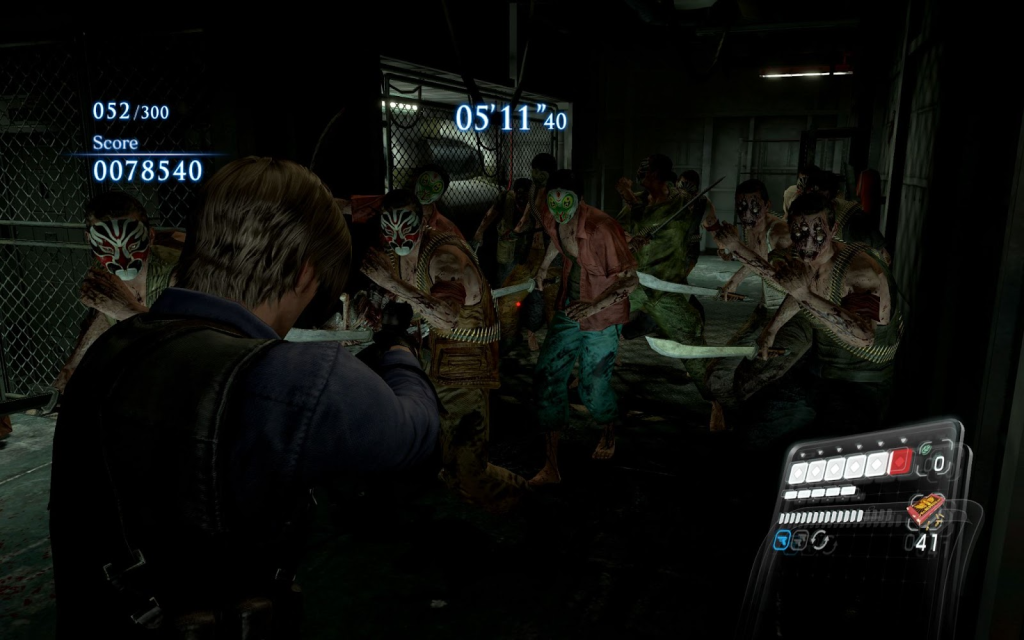
Resident Evil 6 was a weird turning point for the series. When it came to survival horror, Resident Evil was a household name. The tension, limited resources, creepy enemy designs, you name it. Resident Evil essentially pioneered the genre, alongside Silent Hill. However, Capcom made the peculiar choice to turn Resident Evil 6 into an action shooter, more so than had even been done with Resident Evil 5.
Resident Evil 6 felt like a post-apocalyptic action movie. The combat mechanics were advanced. You could perform dodge rolls, slide-and-shoot, move and shoot, unlike in the previous games, and execute all sorts of melee and wrestling moves. Weapons and ammunition were abundant. And with the worry of resource management gone, the fear of being overrun by zombies disappeared.
The added availability of playing the campaign in co-op further killed the tension. Resident Evil 6 basically had no sign of the classic survival-horror Resident Evil became known for. It was all chaotic action, and at each chapter you’d wonder where the horror went.
3. Dead Space 3
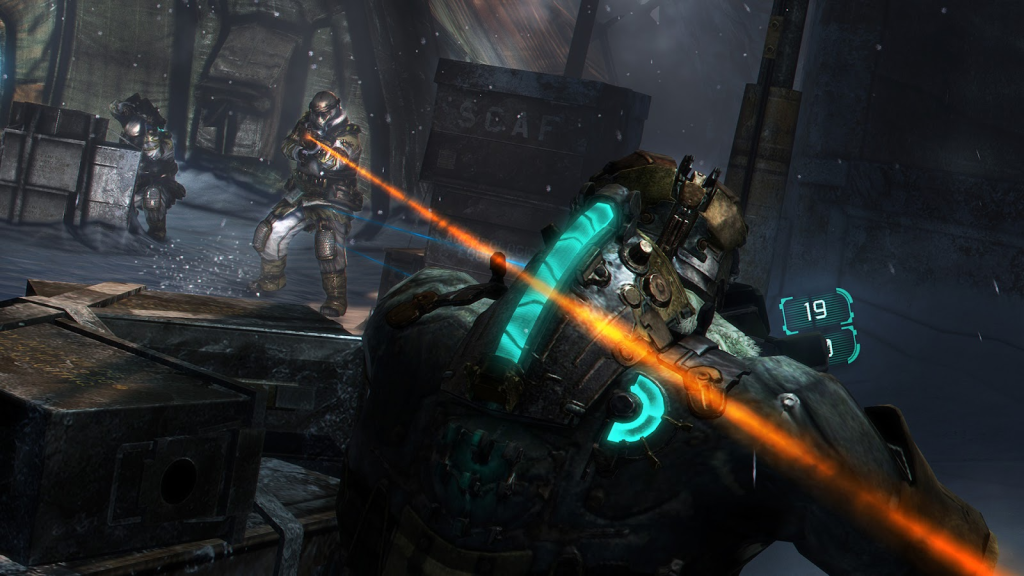
One of the big reasons why Dead Space appealed to players was because of its atmospheric horror. In both Dead Space 1 and 2, there was this sense of isolation, meager resources, and well-crafted jump scares that could catch anyone off guard. Unfortunately, Dead Space 3 chucked all this out of the window.
The bigger zombie hordes in Dead Space 3 meant each encounter was just another day in the office. The wide open areas removed the feeling of claustrophobia, which was heavily present in the previous games. The horror was further toned down by the inclusion of a co-op mode. Being able to play with friends meant you’d no longer feel isolated. Chitchatting with your friends made fighting zombies hilarious instead of frightening.
The more action-focused, less tense approach in Dead Space 3 practically killed the horror. Now it was an action game with zombies. Many fans felt that Dead Space 3 betrayed what the series stood for, and in retrospect, they were right.
4. Until Dawn
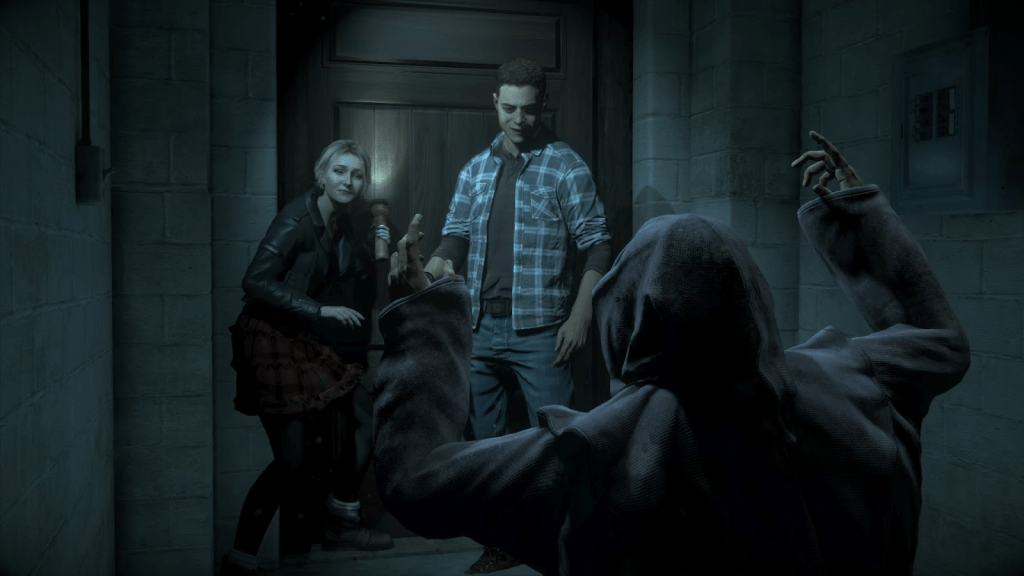
Many people praise Until Dawn for being one of the best interactive survival horror dramas. It is indeed a good game. However, it just barely scrapes by as a video game with good horror. For a long part of its playtime, Until Dawn sets up its story. It introduces you to its characters, lets you choose pivotal points in the narrative, and so on. The aesthetics and art are definitely spooky. They do get you nervous. That said, it’s more of a thriller story pretending to be a horror story.
One of the main villains is a serial killer, but rarely do they appear, and when they do, they aren’t that scary. Sometimes it’s startling to see them in jump scares, but Until Dawn never makes you fearful of what’s to come. In the same way, the monstrous creatures featured in the narrative also only appear near the end of the game. Since these moments are scripted, you can tell from a mile off when something brutal is about to happen. And then there’s the fact that if you make the correct choices in the narrative, no one dies, and you win in every situation.
Until Dawn is a very solid interactive thriller, but when it comes to horror, having a dark and gloomy winter setting is the biggest effort it puts in to make players afraid.
What do you think? Leave a comment below and join the conversation now in the ComicBook Forum!


